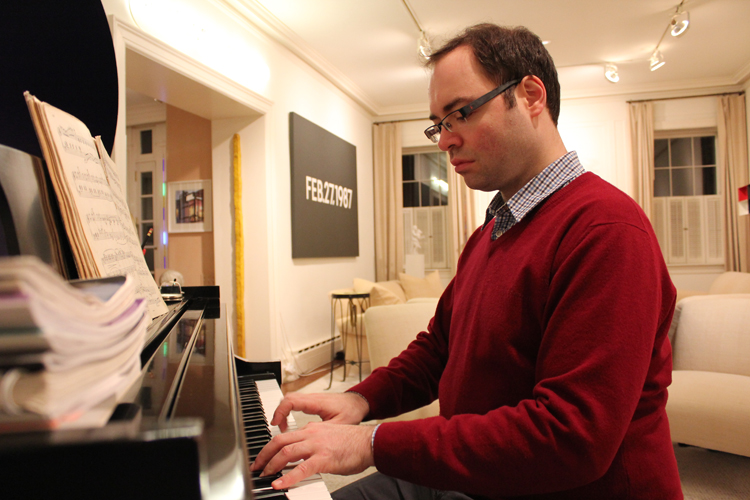Finish composer Kaija Saariaho appears at The Phillips Collection tonight, Thursday, February 21, as part of the Leading European Composers series. She presents a selection of her chamber music with members of the Canadian Opera Company Ensemble Studio. For more information and to make a reservation please visit www.phillipscollection.org/music

Kaija Saariaho Photo: Maarit Kytöharju
In today’s world we are surrounded by artificial sounds–from the blips and beeps of computers to amplified and synthesized sounds in music. When almost any sound is possible, how do you choose the right ones to create something expressive, beautiful, and within reach? Kaija Saariaho is one composer whose experiments in electronic sound have rendered something unique.
For Saariaho, her discovery of computers in music unlocked the potential to explore the sounds that she heard in her head as a child. She uses electronics as both an enabler and a tool of inspiration, but her music is never subservient to technology. Saariaho employs it as a form or orchestration, building colors, tones, and timbres just as Brahms or Mahler might employ brass, woodwind, and strings.
In the works to be presented in tonight’s program, all but one take inspiration from poetry and literature. Her work Lonh for soprano and electronics uses a poem attributed to medieval French troubadour Jaufré Rudel. Extracts of the poem are recorded in three languages in male and female voices and channeled through electronic process. The soprano triggers these recorded samples at moments in the score, and thus Saariaho creates a dialogue between live and recorded sounds that blends the worlds of real and artifice, past and present. Within this fragmented aural world, Saariaho maintains a feeling of deep human connection–the soprano’s almost plainchant singing conveys a profound sense of spirituality. [jwplayer config=”Single Video” mediaid=”14972″]
Another work on tonight’s program, From the Grammar of Dreams, explores the contrasts of the conscious and subconscious. Saariaho generates a musical collage from two extracts of Sylvia Plath, the poem Paralytic and quotations from The Bell Jar. The piece is scored for soprano and mezzo soprano, and the two voices weave in and out of each text in such a way as they become one single voice inhabiting different interior, psychological states.
What makes Saariaho unique in the field of contemporary music is her ability to convey the intensely personal. Her musical colors, whether rich and complex or simple and clear, are always luminescent in their beauty. Whether or not you engage with the metaphorical, spiritual, or even theatrical elements of her music, it speaks to us first and foremost through its sound. However just as with contemporary art or literature, the deeper one chooses to participate, examine, and question, the more the music will reveal of itself.
Jeremy Ney, Music Consultant




